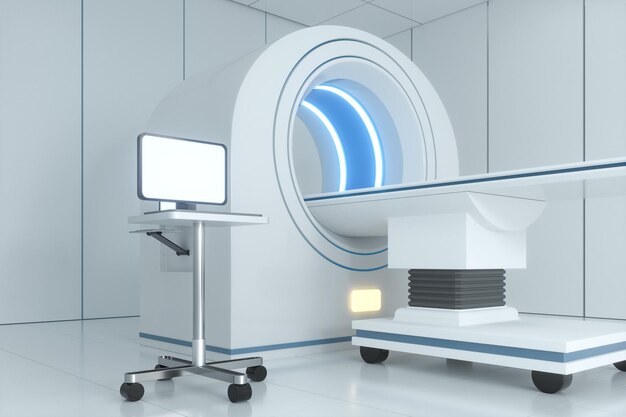How to Become a Cath Lab Tech: Essential Degrees and Certifications
Embarking on a career as a Cath Lab Tech offers an engaging opportunity to work at the heart of patient care. Central to this rewarding profession is the mastery of specialized skills, which are cultivated through targeted educational pathways. Primarily, an aspiring Cath Lab Tech should hold an associate degree in cardiovascular technology, radiologic technology, or a closely related field. These degrees provide foundational knowledge of the cardiovascular system, medical imaging, and essential patient care techniques. Complementing this education, participation in a structured training program accredited by the Commission on Accreditation of Allied Health Education Programs (CAAHEP) will further enrich one's expertise and readiness for the dynamic environment of a cardiac catheterization laboratory.
Certifications bolster the credibility and proficiency of a Cath Lab Tech. Credentials such as the Registered Cardiovascular Invasive Specialist (RCIS) from Cardiovascular Credentialing International (CCI) or the Certified Radiologic Technologist (CRT) can greatly enhance career prospects and demonstrate a commitment to excellence. Many states also require licensing to practice, necessitating the passage of a standardized exam that assesses critical skills and knowledge. By pursuing these educational opportunities and credentials, individuals can carve a successful and impactful pathway into the world of cardiac healthcare.
Pathway to Becoming a Cath Lab Tech:
- 🎓 Associate Degree: Cardiovascular Technology, Radiologic Technology, or related field
- 🏅 Certifications:
- Registered Cardiovascular Invasive Specialist (RCIS)
- Certified Radiologic Technologist (CRT)
- 📜 Licenses: State-specific requirements, typically involving a standardized exam
- 🏫 Training Programs: Accredited by CAAHEP for specialized skills development
